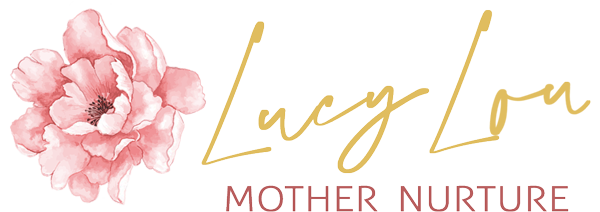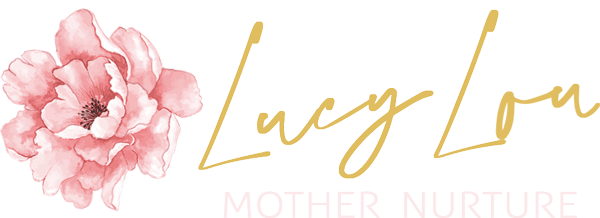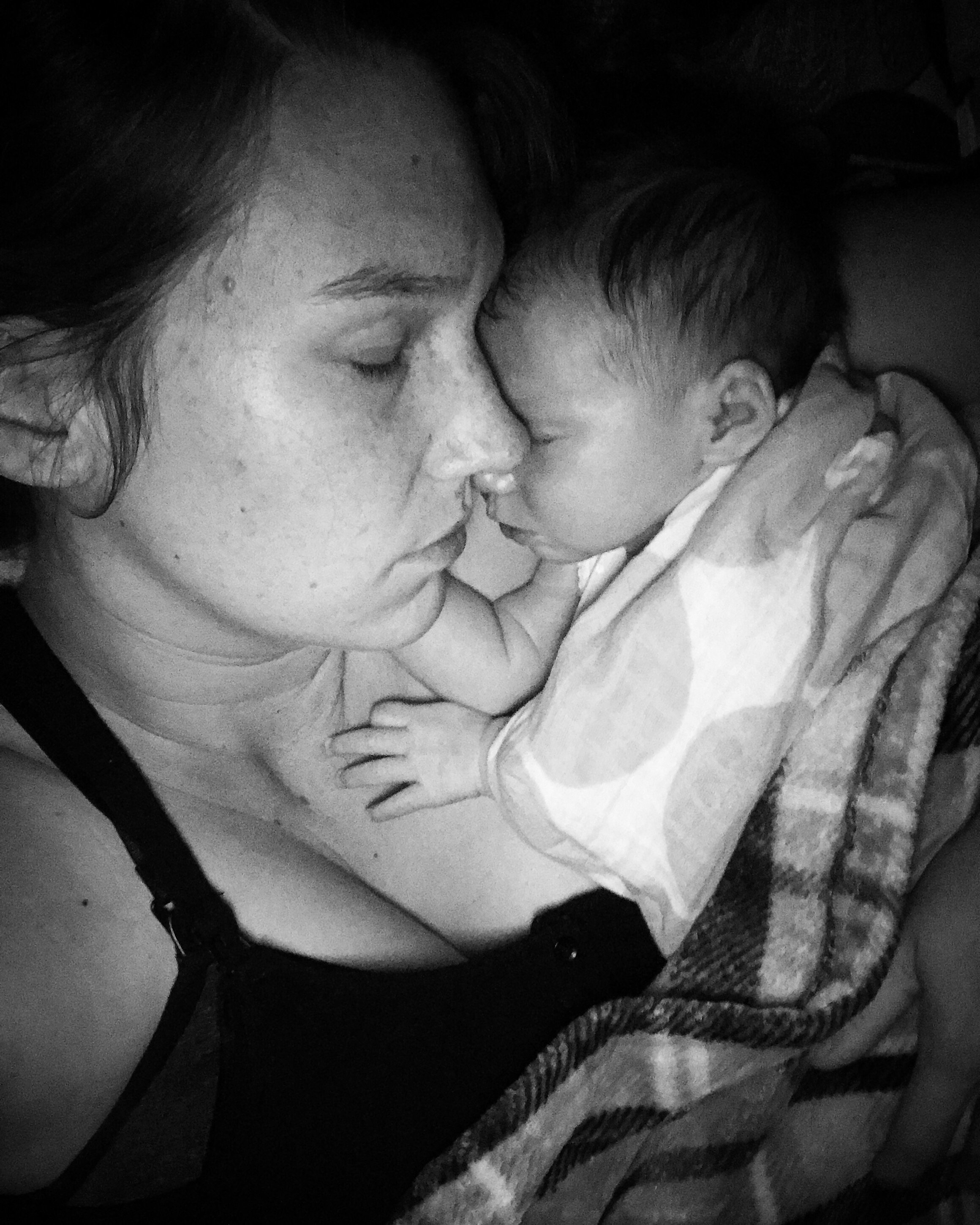A manual! That’s what I needed when I brought my first bub home from hospital. I couldn’t believe the nurses were actually going to entrust me with the life of another. Surely, they knew I was completely clueless.
Bringing a newborn baby home from hospital can be a daunting task, especially if this is your first time. I might be able to relieve you of some of the bewilderment, by offering a few simple tips for taking care of your newborn. Take a look at my Top 5 below.
1. Get help at home
Consider getting help for when you arrive home after birth. Give this good thought before you birth and chat with the experts around you. Many hospitals have Lactation Counsellors and Consultants to help you get off to a good start with your feeds. In addition, nurses or post natal doulas are a great resource to show you how to best hold, burp, change and settle your baby.
Perhaps you have a parent, sister or trusted friend who can be present for a short-time after the baby has come home. Or, if you think you might prefer professional help in the home, talk to your GP and hospital or perhaps gather together some help through your local health agency.
Don’t be surprised if your mum’s early childhood know-how is a tad outdated. If she’s available, her support and love will be so precious and invaluable to you, but you may not always find that her advice is current. Navigate this one carefully.
2. Find your rhythm
I’m not suggesting shaking your booty to a beat will help... However, adding a little structure to your day, will (sorry, couldn’t resist).
Whether you’re the laid-back type or one who works better with spreadsheets and KPIs, you and your bub will benefit from some structure to your day.
A rhythm will prevent an array of complications. Elizabeth Pantley, author of The No-Cry Sleep Solution says “Consistent mealtimes, sleep times and playtimes will help your infant feel safe and secure, and you’ll be a lot more relaxed too.’’
Amidst this gentle structure to the day, keep in mind a key to a settled and happy baby will be encouraging her rhythm. This includes the following ‘stages’ of her day: Wake - Feed - Play - Sleep. A rhythm that your days will revolve well around.
When your baby is very new, her ‘wake’ and ‘play’ time will most likely be the feed itself. Breastfeeding or bottle-feeding can really tucker these little guys out in those first vital months.
Your baby will be sleeping for probably most of the time. As she grows, the amount of time your baby is awake for, increases. Play time then becomes a larger portion of her day. Take her for a stroll, give her ‘tummy time’, interact and play games with her, talk and sing to her. Delight in her, as she will with you.
Look out for her rhythm emerging. She will guide the pace. Your baby will be showing you cues, perhaps earlier than you realise. Baby’s cues for tiredness, can include: yawning, rubbing her eyes, becoming grizzly and jerky movements. These are all tell-tale signs that your baby needs a good rest. Missing these signs may just unravel the rest of (your and) your baby’s day.
Create your own cues too. These prepare bub for her sleep time. ‘’If you engage in particular activities before you put him in the crib, he’ll begin to associate those actions with sleep’’, says Charles Shubin, MD, Medical Director of Family Health Centres Baltimore’’. Wrapping/swaddling, adding some peaceful music or singing to baby gently before nap time, all consolidate a good rhythm and prepare baby for sleep time.
Is your baby sleeping all day and partying all night? Try a different cue at night time. Include darkening her environment and playing a different instrumental piece in her room or perhaps a bath and a gentle baby massage directly before each night time sleep. Being consistent is important and works a treat.
3. Feed her on demand
A newborn needs to be fed whenever she’s hungry, not when we want her to be. This is called ‘demand feeding’. Whether you’re breastfeeding or bottle-feeding, baby’s feeds will become more predictable as she grows. But, for now, she’ll be feeding every two to four hours, so hang in there.
Meal times will become more predictable when baby moves on to solid foods (from around the 5 month mark). Her eating schedule will begin to draw much more resemblance to yours at this stage, although she’ll still need breastmilk or a bottle feeds five to seven times a day. Feeding baby feels much more predictable at this stage, so hang-tight if you’re not quite there...
4. Wrap / swaddle her
The practice of swaddling babies dates back many centuries, and with global recommendations that babies must be put to sleep on their backs, to reduce the risk of SIDS, this practice has gained popularity in recent times.
Swaddling babies helps to remind baby of the security of being inside mum’s tum – and, as a result and when done correctly, helps soothe and comfort her.
The following benefits were concluded, after performing a review of wrapping in 2007, by Pediatrics. The results might be surprising. Did you know that wrapping:
- helps promote longer sleeps for baby - ‘sleep continuity’.
- improves neuromuscular development in premature babies – swaddled preterm babies demonstrated better motor organisation.
- helps reduce the risk of SIDS, when babies are placed to sleep on their backs.
- makes them look irresistibly cute(!) … ok… although entirely true, this is not part of the above’s outcomes 😊
5. ‘Wear’ her
Age-old traditions are very often proven to carry scientific benefit. And as it turns out, ‘carrying’ / ’Wearing’ your baby, is another one of these.
Baby wearing is where a baby is held close to another, usually a parent, in a baby carrier / Ring Sling for a significant part of the day. There are many benefits to this, not least of which is the bonding and attachment that this method affirms. All babies need to experience safe bonds with their primary carer and this is one sure way to facilitate this.
As well as the many psychological and emotional benefits that wearing your baby in a Ring Sling provides, it can also be an incredible way of settling and un-settled bub. The gentle rocking of the body through the wearer’s movements; the baby being close to the beat of your heart (likening it to time spent in the womb) and the skin-to-skin connections, offer an array of benefit.
Don’t forget, you’re the mum and this baby has already spent nine months with you and knows and likes you the best. I hope that these tips lead to you both enjoying these formative and precious days.
Hugs into the ether...



